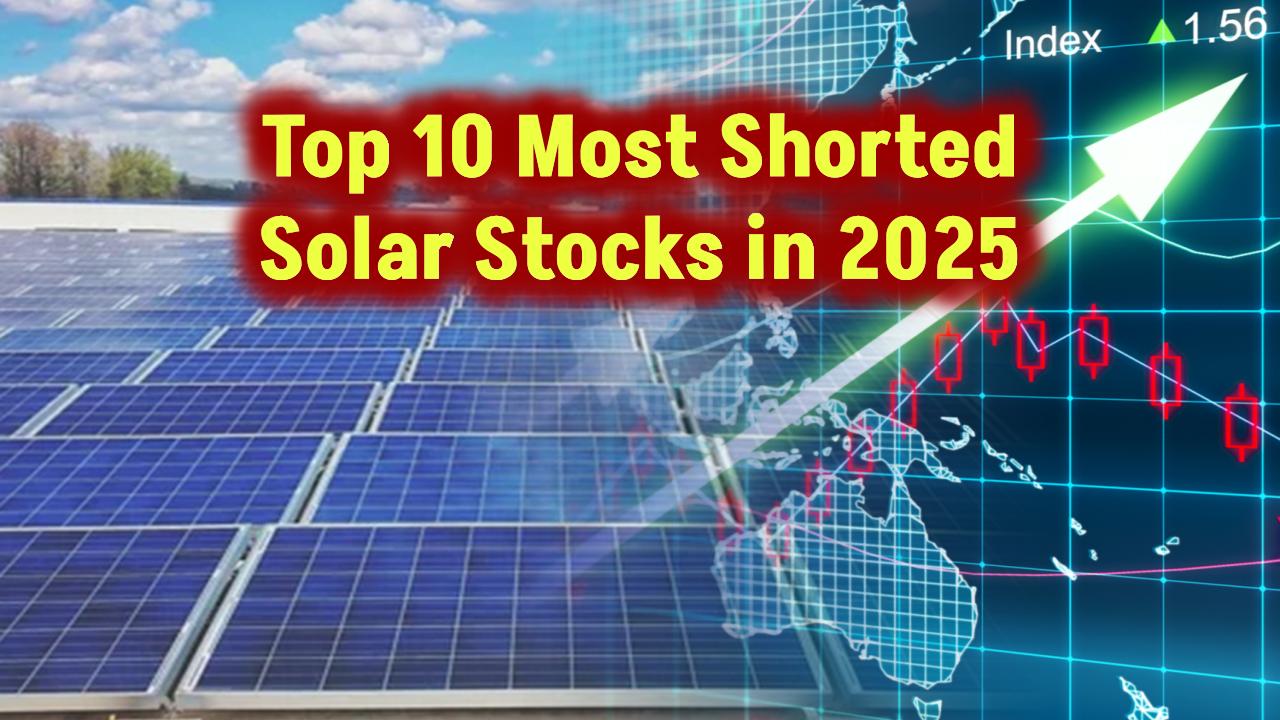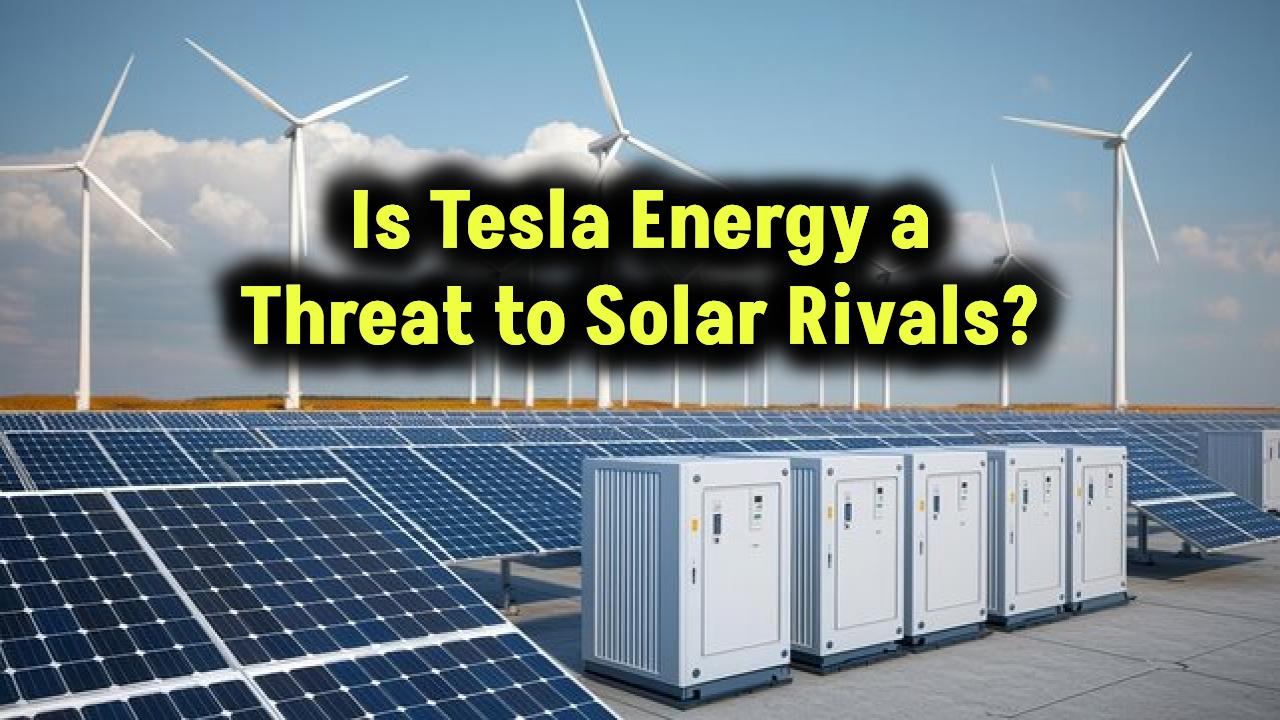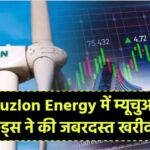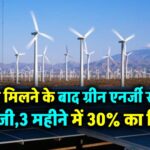
If you’re looking for ways to align your investment portfolio with a greener future, renewable energy ETFs are a smart place to start. With the clean energy sector heating up—thanks to global climate goals, tax incentives, and rapid tech advancements—investors are increasingly turning to ETFs to get broad, cost-effective exposure to sustainable industries like solar, wind, and global clean energy
In this article, we’ll break down the top 3 renewable energy ETFs to watch in 2025: ICLN, TAN, and FAN. Whether you’re new to investing or a seasoned pro, this guide will give you practical advice, data-driven insights, and the clarity you need to make informed investment decisions.
Key Highlights
| ETF | Focus | YTD Return (2025) | Expense Ratio | Top Holdings |
|---|---|---|---|---|
| ICLN | Global Clean Energy | +13.88% | 0.41% | Enphase Energy, First Solar, Ørsted |
| TAN | Solar Energy | -14.70% | 0.71% | Enphase Energy, First Solar, Sunrun |
| FAN | Wind Energy | +12.66% | 0.60% | Vestas Wind, Siemens Gamesa, Ørsted |
1. iShares Global Clean Energy ETF (ICLN)
Overview
The iShares Global Clean Energy ETF (ICLN) is the go-to choice for investors who want broad exposure across the clean energy space. This ETF tracks the S&P Global Clean Energy Index, which includes top-tier renewable energy companies from around the globe.
2025 Stats
- YTD Return: +13.88%
- Expense Ratio: 0.41%
- Assets Under Management: $1.42 billion
- Top Holdings: Enphase Energy, First Solar, Ørsted
Why Pick ICLN?
ICLN is ideal if you want a diversified clean energy portfolio in a single fund. It covers both solar and wind players and includes global exposure, making it perfect for those who want to capture the full range of the green transition.
2. Invesco Solar ETF (TAN)
Overview
The Invesco Solar ETF (TAN) zooms in on the solar sector, giving investors a focused bet on one of the fastest-growing industries within renewable energy. It tracks the MAC Global Solar Energy Index.
2025 Stats
- YTD Return: -14.70%
- Expense Ratio: 0.71%
- Assets Under Management: $756 million
- Top Holdings: Enphase Energy, First Solar, Sunrun
Why Pick TAN?
If you’re bullish on solar power’s future—think solar rooftops, battery storage, and home electrification—TAN offers concentrated exposure. While it’s more volatile, the long-term solar outlook remains sunny with rising residential adoption and global policy support.
3. First Trust Global Wind Energy ETF (FAN)
Overview
The First Trust Global Wind Energy ETF (FAN) is one of the only ETFs dedicated solely to wind energy. It tracks the ISE Clean Edge Global Wind Energy Index, offering exposure to companies that build, operate, or supply the wind energy sector.
2025 Stats
- YTD Return: +12.66%
- Expense Ratio: 0.60%
- Assets Under Management: $136.6 million
- Top Holdings: Vestas Wind, Siemens Gamesa, Ørsted
Why Pick FAN?
If your investment strategy includes tapping into offshore and onshore wind growth, FAN is worth a look. It’s especially timely with nations like the U.S., UK, and Germany investing heavily in offshore wind farms.
Market Outlook for Renewable Energy in 2025
The global renewable energy market is expected to reach $2.1 trillion by 2030, growing at a compound annual growth rate (CAGR) of 8.4%, according to BloombergNEF and the IEA. In the U.S. alone, the Inflation Reduction Act (IRA) is set to pump over $369 billion into clean energy initiatives by 2032.
Key drivers include:
- Decarbonization goals
- Technological improvements (like better battery storage)
- Rising demand for EV charging infrastructure
- Government tax incentives and subsidies
How to Invest in Renewable Energy ETFs
Step 1: Open a Brokerage Account
You’ll need a brokerage account with firms like Fidelity, Vanguard, Charles Schwab, or Robinhood to purchase ETFs.
Step 2: Define Your Focus
- Go for ICLN if you want a balanced global clean energy portfolio.
- Pick TAN if you’re bullish on solar.
- Choose FAN for exposure to the booming wind energy sector.
Step 3: Evaluate Risks & Goals
Every ETF has market risk. TAN, for instance, is tech-heavy and more volatile, while ICLN offers more sectoral diversity. Assess your risk appetite and investment timeline.
Step 4: Monitor ETF Performance
Check metrics like:
- YTD and 5-year returns
- Expense ratio (fees)
- Top holdings performance
- Dividend payouts, if any
Scientists Created This Tiny Solar Molecule—It Might Replace Your Power Company
Get Paid to Go Solar? Here’s What the US Government Is Offering in Solar Panel Incentives
Suzlon Energy Falls Over 2%! What Triggered the Drop – Experts Reveal the Real Reasons
(FAQs)
Q1: What are the benefits of investing in renewable energy ETFs?
They offer diversification, lower fees, and access to a fast-growing industry—all without needing to pick individual stocks.
Q2: Is it safe to invest in TAN after a negative YTD?
Yes—if you’re investing long-term. TAN’s underperformance in early 2025 reflects market volatility, not necessarily long-term value erosion.
Q3: Which ETF is best for beginners?
ICLN is usually a safer entry point for beginners due to its global diversification and lower volatility.
Q4: Do these ETFs pay dividends?
Some do, but they’re not known for high yields. They’re growth-focused, so dividends are modest compared to utilities or REITs.
Q5: Can I hold these ETFs in a retirement account?
Yes, they’re eligible for IRAs, Roth IRAs, and 401(k) accounts.








